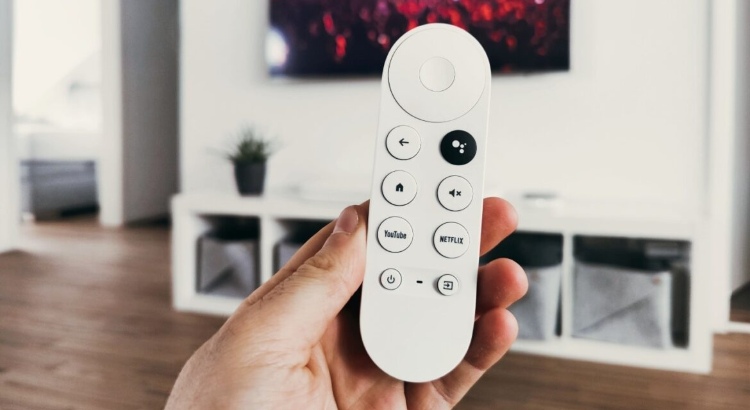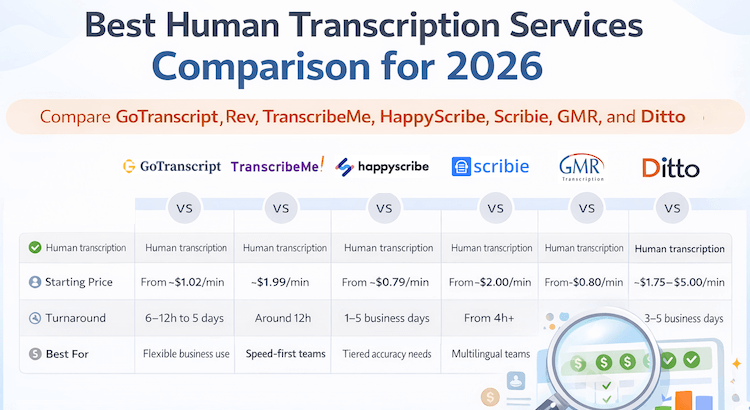Understanding Closed Captions vs. TV Subtitles
Closed captions and TV subtitles may look similar, but they serve different purposes. Both provide text on the screen, but each helps viewers in unique ways. This guide explains how they differ, why closed captions matter for accessibility, and how to turn them on for most TV services.
What Are Closed Captions?
Closed captions (CC) show the spoken audio of a TV program as text on the screen. They also include descriptions of important sounds, such as music or sound effects. Closed captions help people who are deaf or hard of hearing fully understand what's happening on screen.
- Display all spoken words as text
- Include sound descriptions (for example: [door slams], [laughter], [music playing])
- Make content accessible to viewers with hearing disabilities
- Required by law for most television programs in the US
According to federal rules, all major TV programs must include closed captions so everyone can enjoy television equally (FCC, 2023).
FCC Requirements for Excellent Closed Captions
In the United States, the Federal Communications Commission (FCC) sets strict rules to ensure closed captions are helpful and accurate.
- Accurate: Captions must match the spoken dialogue and relevant sounds as closely as possible.
- Synchronous: Captions should appear when the words or sounds happen, not before or after.
- Complete: Captions must run for the entire program, from beginning to end.
- Proper Placement: Captions should not block important visuals and must stay within the screen’s edges.
These standards ensure that viewers with hearing loss are not left out of any content.
Closed Captions vs. TV Subtitles: Key Differences
Closed captions and TV subtitles are not the same, even though both show text on your screen.
Closed Captions
- Include all spoken dialogue and sound effects or music cues
- Show text for both on-screen and off-screen speech
- Help viewers understand context, emotion, and important background sounds
- Required for accessibility under US law
- Often used in the same language as the audio
TV Subtitles
- Show only spoken dialogue
- Do not include sound effects or music descriptions
- Commonly used for translation into another language
- May be optional or available when chosen by the viewer
For example, if two people are talking and [romantic music] plays, closed captions would display both the dialogue and the music cue. Subtitles would only show the speech.
To learn more about creating accurate subtitles, explore subtitling services from GoTranscript.
How to Turn On Closed Captions on Your TV
Turning on closed captions depends on your specific TV or cable service. Many remotes include a "CC" button for easy access. If yours does not, you can usually find the option in your TV's settings menu.
Satellite TV
- DISH:
- Press the Options or RED button on your remote.
- Use arrows to select Accessibility, then go to Closed Captioning.
- DIRECTV:
- Press the INFO button on your remote.
- Use arrows to select CC, then choose Closed Captioning.
Cable TV
- Spectrum:
- Press Menu on your remote.
- Navigate to Settings & Support, then select Accessibility.
- Choose Closed Captioning and press Save or OK.
- Xfinity (HD TV box):
- Press Menu twice for Main Menu.
- Select Subtitle Setup or Closed Captioning Setup.
- Cox (Advanced TV HD Receiver):
- Press Menu, then A in the A–D letter row.
- Select Language, then Closed Captioning.
- Highlight "On" and press Select, then press Exit.
If your remote has a "CC" button, you may be able to turn captions on with a single click. For older or standard definition (SD) devices, you might need to use the on-screen menu instead.
More providers now make their settings accessible. If you have trouble, check the provider’s website or manual for support.
Why Use Closed Captions if You’re Not Hard of Hearing?
Closed captions aren’t just for people with hearing loss. They help many viewers enjoy TV and video content, including:
- English language learners
- Children learning to read
- People in noisy places (like gyms or airports)
- Viewers watching with the sound off
A study found that 80% of people who use captions are not deaf or hard of hearing—they simply prefer having them on (Ofcom, 2019).
Captions can boost comprehension, retention, and enjoyment for all viewers.
Challenges and Limitations
While most pre-recorded shows support closed captions, live broadcasts may have limited caption options. Live captioning technology continues to improve, but some real-time captions may be less accurate.
For fully polished and accurate captions, using professional closed caption services is recommended.
Conclusion
Having high-quality closed captions and TV subtitles makes programs accessible to everyone. Proper captions support compliance with legal standards and improve the viewing experience for all audiences.
To ensure your captions meet FCC guidelines and add value to your videos, it is best to partner with experts. GoTranscript offers reliable closed caption services, subtitling, and other valuable solutions. If you want affordable rates, see captioning pricing or order captions online today.



















 Verified Order
Verified Order